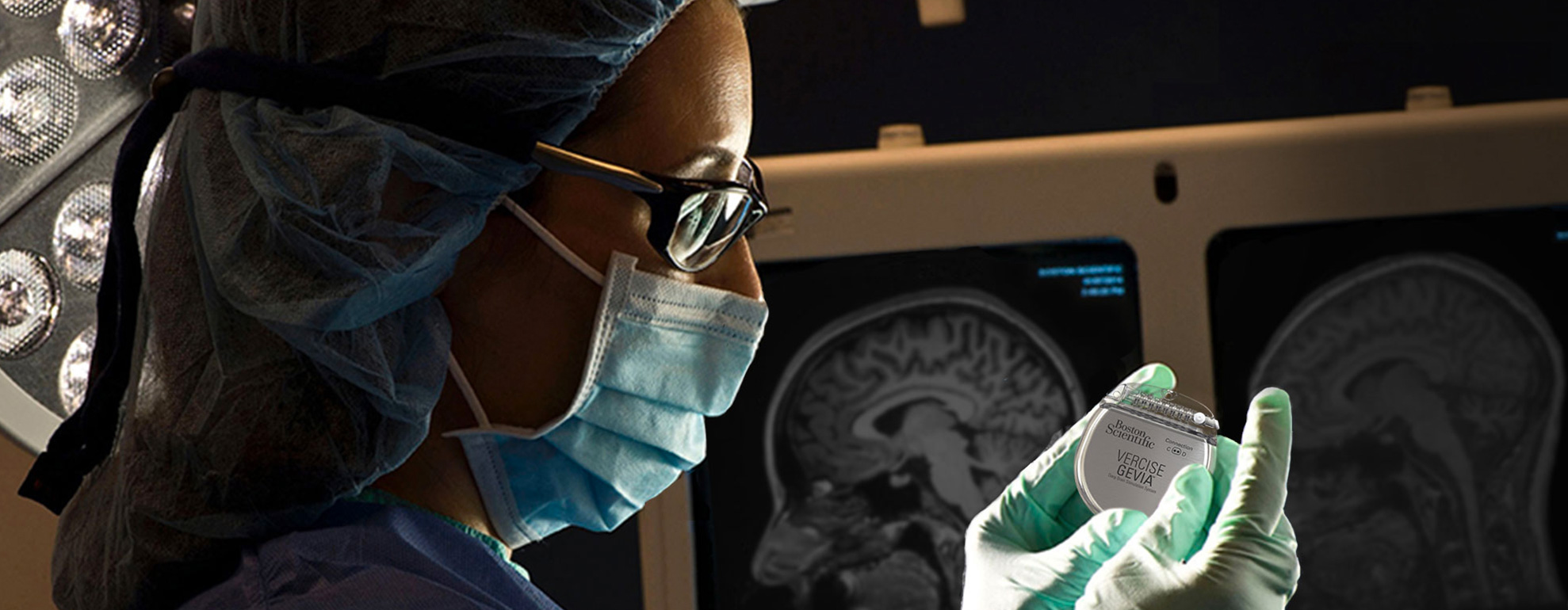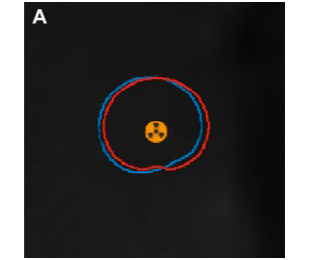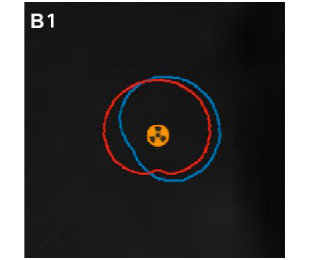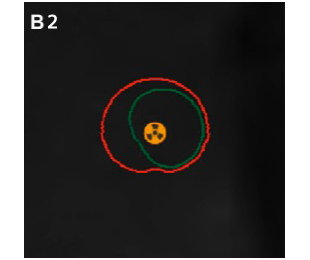When do you need directionality?
This case report of patients implanted with the Vercise™ PC Directional DBS System demonstrates that even at the less effective ring level, directional current steering compensates by expanding the therapeutic window in which DBS can be effective.1
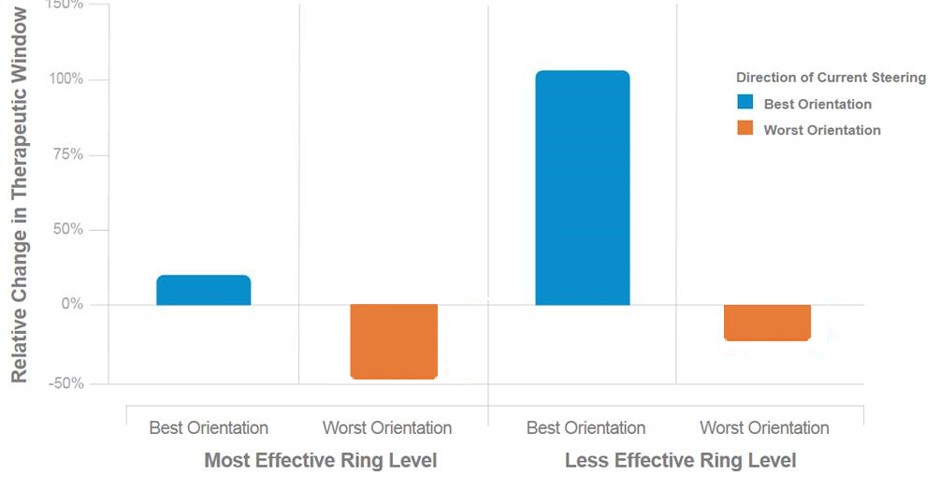
Options to enhance your outcomes
| Dysarthria Threshold | 2.9 mA | 3.6 mA | 3.9 mA | > 5.0 mA | |
| Side Effect | Rigidity | Not Resolved | Resolved | Resolved | Resolved |
| Bradykinesia | Moderate | Moderate | Slight | Minimal | |
Boston Scientific Directional DBS by the numbers
Why directionality with a single source system isn’t enough
Key Resources
References
| * | A System that includes the Vercise PC or Vercise Gevia™ IPG and Vercise Cartesia™ Directional Lead(s) form the Vercise Directional System. |
| 1. | Steigerwald et al. (2016). “Directional Deep Brain Stimulation of the Subthalamic Nucleus: A Pilot Study Using a Novel Neurostimulation Device.” Movement Disorders. 8: 1240-1243. |
| 2. | Reker et al. (2016) “Directional Deep Brain Stimulation: A case of avoiding dysarthria with bipolar directional current steering.” Parkinsonism and Related Disorders. 31: 156-158. |
| 3. | Vesper et al. (2018) “Real World Clinical Outcomes Using a Novel Directional Lead from a Multicenter Registry of Deep Bran Stimulation for Parkinson’s Disease.” Presented at ESSFN. |
| 4. | Steigerwald et al. (2018). “DIRECT DBS: A Prospective, Randomized, Multicenter, Double-Blinded Study on Directional DBS – Effects on Therapeutic Window.” Presented at ESSFN. |
